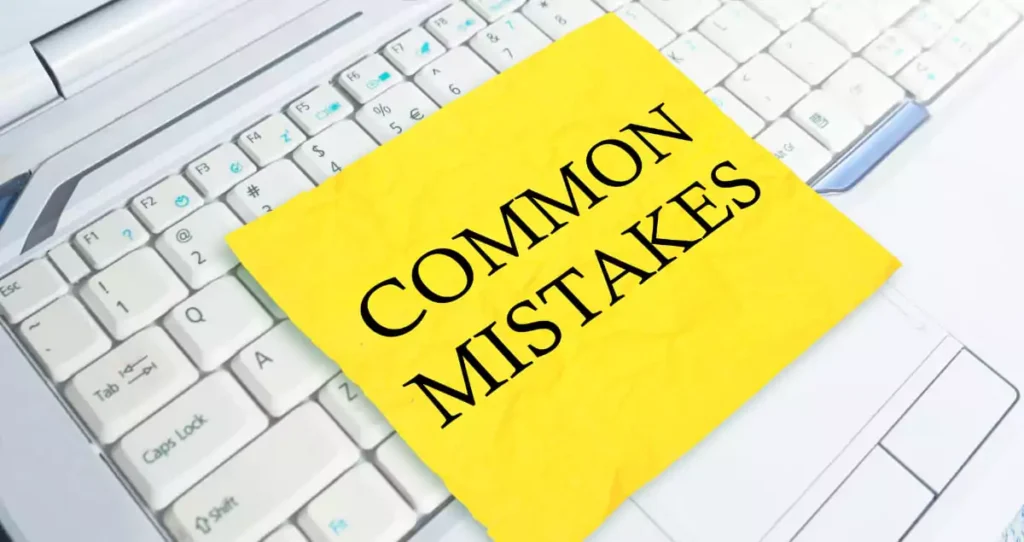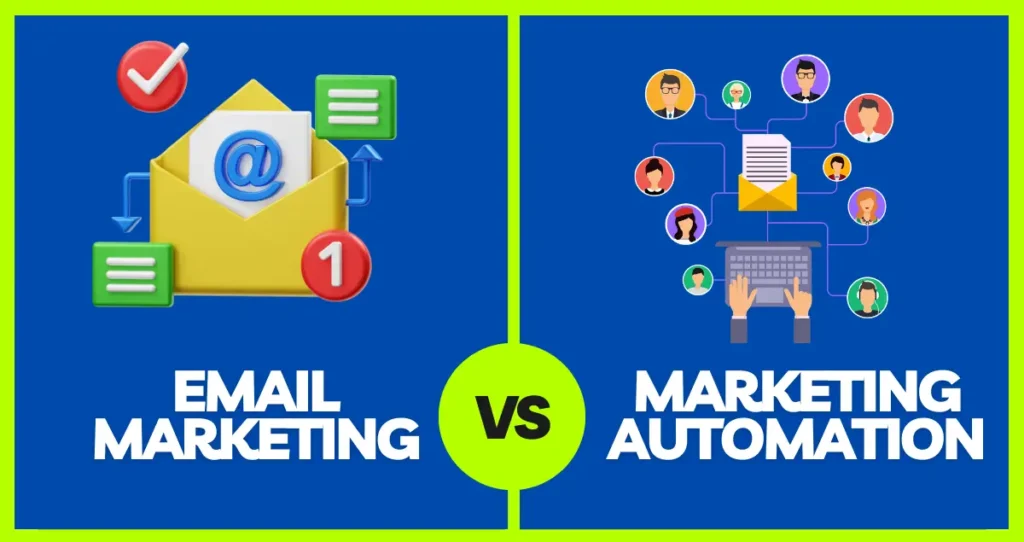Businesses establish the basis for their brand’s identity and consistency when creating brand guidelines. Such guidelines make sure that a brand’s visual and written communication is always consistent. Irrespective of whether you are starting up, have been established for some time, or are a fast-growing digital agency, a well-defined brand framework supports your messaging in engaging your audience. We will dive into the necessity of brand guidelines, define their main parts, outline the creation process, and discuss frequent mistakes to sidestep in this article.
Why Are Brand Guidelines Important?

It is essential to create brand guidelines since they support a consistent brand image everywhere your audience comes into contact with you. When your messaging stays the same across platforms, it helps gain your audience’s trust. All your visual and verbal elements are harmonious across your various channels, and your audience will instantly relate to and recognise your brand. Using your branding elements uniformly, you build a distinctive appearance that helps your business be remembered.
In addition, detailed brand guidelines give you a way to maintain the integrity of your brand’s image. When you outline how your logo and assets may be used, you stop others from misusing them. As an example, an unauthorized color change or unsuitable use of your logo could make your brand’s image weaker. These guidelines clearly explain what is necessary to maintain your brand’s overall integrity.
Essential Factors of Brand Guidelines

For brand guidelines to be practical, businesses must include a number of significant elements. Your brand guidelines must consist of much information, but should not be difficult to use. The main components include:
1. Logo Usage and Specifications
You need to outline specific uses for your logo so that it remains consistent. Of all your brand’s elements, the logo is most responsible for defining recognition in the market. Your logo must always be used with the appropriate margins, sizes, and correct colour options. In addition to logo usage, the rules should state when to use black-and-white logos for minimal designs and coloured logos for the web.
2. Colour Palette
Your brand’s tone depends strongly on the colour palette. The colours used in a brand’s identity affect the way people feel about and view that brand. To illustrate, blue typically means trust and professionalism, while red usually indicates energy and passion. Your brand guidelines need to present your primary and supporting colours, with their hex codes and RGB values, along with usage standards in different formats. The use of colour throughout your branded materials unites the visual identity of your company regardless of format.
3. Typography
Font selection is essential when preparing brand guidelines. The use of appropriate typography plays a role in your audience’s understanding of the material and forms their view of your brand. In addition, the document needs to spell out specific size and line spacing conventions so that your brand is visually consistent. In the brand guidelines, you must specify which fonts to use for headings, subheadings, body text, and all additional forms of copy.
4. Imagery and Graphics
Your brand guidelines ought to explain the way visual elements are used to deliver your brand’s message. Photos, illustrations, and icons alike should all convey the character and key values of your brand. Employing bright and happy images is commonly successful if your brand represents energy and youth. In contrast, a formal brand generally selects graphics that are both simple and refined in style.
5. The tone of Voice and Messaging
The way organizations address their audience is always distinguished by a unique tone. How you talk to your audience—formally, casually, or with a touch of humour—broadly defines your brand’s character. The guidelines must furnish samples of the correct way your brand should express itself in emails, through social media, and in interactions with customers. In this way, everyone connected to your brand communicates with the same approach.
Consistency is key—ensure your brand stands out! Contact us now!
Instructions for Establishing Your Brand Guidelines

Producing your brand guidelines follows a systematic process. A successful process depends on clearly knowing your brand’s vision, mission, and core values. Let’s look at the recommended process for getting started:
Step 1: Define Your Brand’s Core Values and Mission
You must first know what your brand represents in order to create a consistent identity. Ask yourself what the primary purpose of your company is. What values guide our actions?” Your branding process will be guided by these core values you establish.
Step 2: Design a Visual Identity
Create a logo at the outset that truly represents what your brand stands for. Following the creation of your logo, make decisions about your brand’s colour scheme and typefaces. These visual choices should be unified so your brand is easily remembered. It should be noted that a simple approach to your branding usually makes it easier for people to remember. Complicated designs sometimes make it harder for your audience to remember your brand.
Step 3: Create Consistent Messaging
Your brand’s voice and what you say should be consistent with the image you present. As an example, if your brand is energetic and lively, you would use playful language in your messaging. When your business is more formal, a formal language approach is suitable. Your brand messaging should be tailored to suit every outlet, like your website, any social media pages, and direct conversations with customers.
Step 4: Create a Document and Make it Accessible
When you have completed your brand elements, organize them in one document. Anyone working for your brand, whether they are in-house or from a different organization, needs quick access to this document. Placing all guidelines in a single document guarantees that everyone on your team uses the exact source of information.
Transform your business with clear brand guidelines. Get started today!
Common Mistakes to Avoid When Creating Brand Guidelines

Businesses often run into some typical problems when making brand guidelines. Listed here are some major missteps to steer clear of:
1. Being Too Vague
Your brand guidelines should always be concise and exact. It is insufficient to only use a vague guideline such as “use the logo with care.” Share precise distance requirements for choosing the position of the logo alongside other graphics, as well as its usual and acceptable sizes and colour versions.
2. Ignoring Flexibility
Brand guidelines ought to supply a framework, yet still be adaptable. Branding usually has to adjust to look right on digital apps as well as printed materials. Your guidelines must be flexible, adapting to many platforms yet always protecting the brand expression.
3. Overcomplicating the Process
Keep it simple! Even though details matter, presenting your team with too many rules can make things difficult to understand. Maintain a clear and straightforward guide so your team can use your branding easily.
Let’s make your brand unforgettable! Get in touch with Rozi Academy today!
Best Practices for Maintaining Brand Guidelines

After you finish making your brand guidelines, make sure to keep them up to date. Outlined here are several best practices:
1. Regularly Update the Guidelines
Updating your brand guidelines on a regular basis makes sure that they continue to be applicable. For example, adjusting your branding may be needed when new products or services are introduced to the market.
2. Training Your Team
It is essential to give your team proper instructions on your brand guidelines. If you train your employees on your brand standards, you help prevent errors and keep your brand coordinated. The training should explain all the ways your team must use the logo and physicalize your brand’s messages.
3. Using Brand Guidelines in Marketing
Consumers see marketing materials, so brand guidelines must guide the direction of your company’s marketing activities as well. Require that your marketing materials on social media, as well as in advertising campaigns, accurately portray your brand identity. When you maintain uniform branding, you make it easier to build a stronger relationship with your audience.
Want a cohesive brand identity? Let Rozi Academy guide the way. Get started now!
About Rozi Academy
Rozi Academy focuses on giving businesses worldwide access to expert virtual assistant support. At Rozi Academy, we assist firms in simplifying their activities, freeing up time, and lowering expenses. We focus on delivering virtual assistants who excel at completing a wide range of tasks, from the basic ones like managing office work to the more complex ones involving CRM systems. Rozi Academy is dedicated to helping businesses maintain their brand identity throughout all channels, thanks to its brand management services. No matter if you are launching your first steps or growing your organization, our exceptional team is ready to support your business.
Create a brand that speaks! Reach out to our experts for a personalized approach. Learn more!
Conclusion
The creation of brand guidelines is required to build a brand that is both well-known and attractive. When you determine your logo, colour palette, typography, imagery, and messaging, you help create the consistency that leads to audience trust. Do not let your brand guidelines become either too unclear or needlessly complicated. Make sure to modify your guidelines from time to time and teach employees about them so your brand stays timely and unified. Establishing well-defined brand guidelines benefits businesses of all ages and helps secure your brand’s future.
Ready to build a stronger brand? Start creating your brand guidelines today! Get started!







